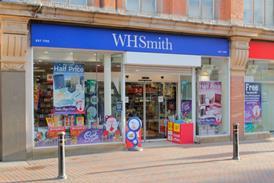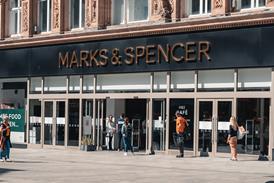Exclusive: Oxford Street has more empty shops than average British high street

London’s premier shopping thoroughfare is lined with more vacant units than the average British high street, Retail Week can reveal.
The vacancy rate on Oxford Street is higher than that of the average British high street and the rest of central London, according to exclusive data compiled for Retail Week by Local Data Company (LDC).
A survey of the street last month revealed that 42 of Oxford Street’s 269 shops stood empty, a vacancy rate of 16%.
Already have an account? Sign in here



















